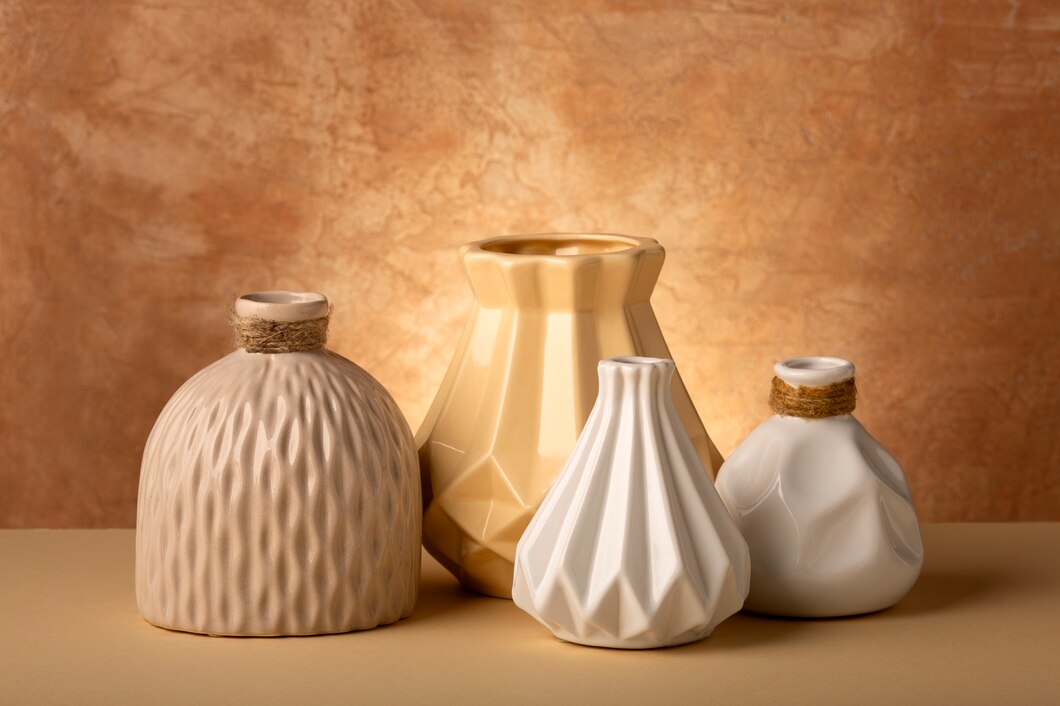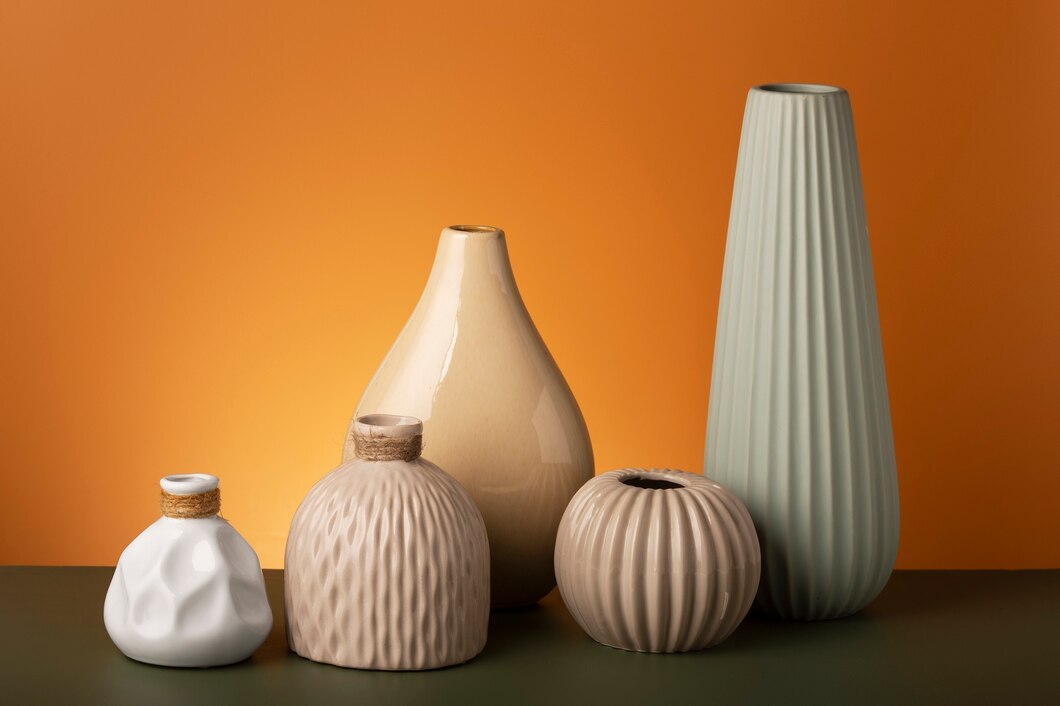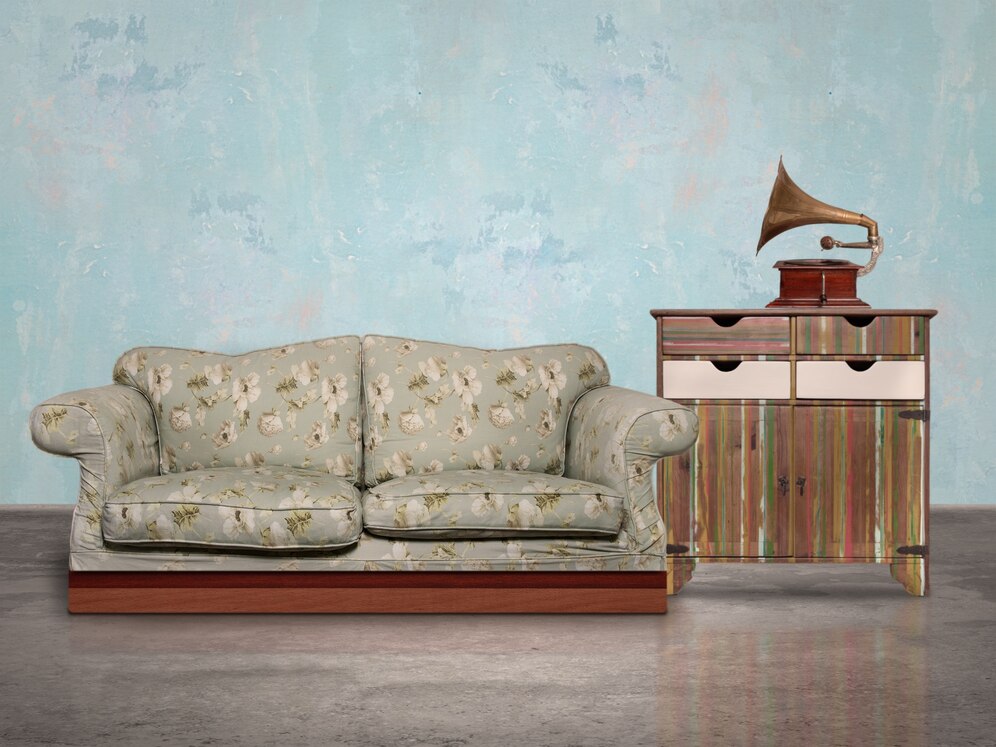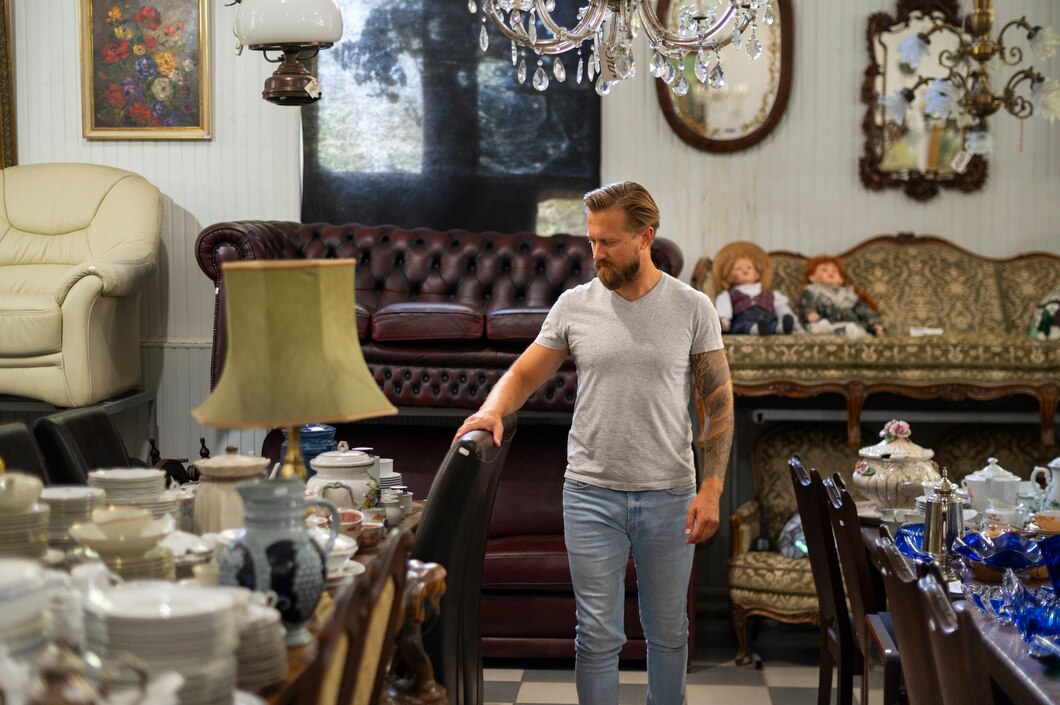
Art & Collectibles: A Unique Investment Opportunity
In recent years, alternative investments have grown beyond stocks and bonds. More investors are now looking into art and collectables to diversify their portfolios. Whether you love a beautiful painting or a rare historical artefact, many believe investing in collectables can bring joy and profit. But is art a good investment? And what counts as high-value collectables in today’s market?
In this guide, we will explore the art and collectables market. We’ll look at the benefits and risks of investing in collectables. You will also learn how to identify high-value collectables. This article, aimed at a UK audience, is based on expert financial and cultural research. It helps you navigate this unique investment and see if it fits your long-term financial goals.

Understanding the World of Collectibles
The Evolution of Collectibles as an Asset Class
For centuries, people have valued art and collectables for their culture and history and admire their potential to gain value over time. Recently, the market for high-value collectables has grown significantly. This growth comes from increasing global wealth, a greater appreciation for cultural assets, and the rise of online auction platforms.
Historically, only the affluent could participate in this market. Today, however, advances in technology and changes in market dynamics have democratised access to investing in collectables. The range of options is vast and varied, from contemporary art to vintage cars, rare coins, and even limited-edition sneakers.
The Psychology Behind Collecting
Collecting is more than just a financial endeavour; it’s a passion that often reflects personal tastes, cultural heritage, and emotional connections. For many, the question is art a good investment isn’t purely financial—it’s also about investing in something that brings joy and meaning. This emotional aspect can sometimes drive up the value of particular pieces, especially when they resonate with broader cultural trends or historical moments.
- Cultural Significance: Art and collectables often carry stories, symbolism, and historical importance, making them appealing not only as investments but also as legacy items.
- Scarcity and Exclusivity: The rarity of certain items contributes to their desirability. Limited editions and unique pieces are prime high-value collectables that command premium prices.
- Market Sentiment: Trends and public interest influence the value of collectables, which can create exciting opportunities for investors.
Is Art a Good Investment?
Evaluating Art as an Investment
The perennial question remains: is art a good investment? Like any investment, art comes with its own set of risks and rewards. One of the main advantages of art is its potential to appreciate significantly over time, especially when the artist’s reputation grows or when the work becomes culturally significant.
Pros of Art Investment
- Capital Appreciation: Over the long term, art can yield substantial returns, mainly if you acquire pieces before they become widely recognised.
- Diversification: Art offers a diversification benefit uncorrelated with traditional financial markets, which can protect your portfolio during market volatility.
- Tangible Asset: Unlike digital or paper assets, art is a physical asset that can be enjoyed aesthetically while potentially increasing in value.
Cons of Art Investment
- Liquidity Issues: Art is not as liquid as stocks or bonds. Finding the right buyer may take time, and transaction costs can be high.
- Market Volatility: The art market is unpredictable. Prices change based on trends, public feelings, and economic cycles.
- Subjectivity: Valuing art is inherently subjective, making it difficult to predict its future worth reliably.
Comparing Art to Other Collectibles
When considering whether art is a good investment, comparing it with other forms of collectables is important. You can invest in collectables like vintage cars, rare coins, and limited-edition watches. Each category has its unique market dynamics:
- Art vs. Antique Furniture: Both can increase in value. However, art is often more affected by the artist’s reputation and market trends.
- Art vs. Rare Coins: Rare coins usually have a stable market and clear history. In contrast, art values can change often and depend on trends.
- Art vs. High-Value Collectibles (e.g., Luxury Watches):
High-value collectables, such as luxury watches, blend skill with brand prestige. They have unique investment criteria that differ from those of art.
Whether art is a good investment will depend mainly on your interests, expertise, and risk tolerance.

Key Strategies for Investing in Collectibles
1. Conduct Thorough Research
Before investing in collectables, it is essential to educate yourself about the market. Research historical price trends, the provenance of pieces, and the reputations of artists or creators.
- Attend Auctions: Observing in-person and online auctions provides insight into current market dynamics.
- Consult Experts: Seek advice from art consultants, auction houses, and financial advisors specialising in collectables.
- Market Reports: Check market reports often. This keeps you updated on trends in high-value collectables.
2. Diversify Your Collectibles Portfolio
Diversification is crucial for any investment strategy, including collectables. Instead of investing all your money in one artwork or collectable, build a diverse portfolio.
- Mix Collectibles: Join together art, vintage items, and luxury watches.
- Invest in different sizes: Buy expensive and smaller pieces that could grow in value.
- Risk Management: Diversification reduces risk from niche markets’ natural ups and downs.
3. Focus on Quality and Rarity
When it comes to investing in collectables, quality and rarity are paramount. The best investments are often those items that are unique, historically significant, or created by renowned artists.
- Authenticity: Ensure that any piece you consider has proper documentation and provenance.
- Limited Editions: Items produced in limited quantities are more likely to appreciate in value.
- Condition: The physical condition of an item significantly affects its market value, so invest in well-preserved pieces.
4. Timing Your Investment
The timing of your investment can significantly influence your returns. Monitor market trends and be prepared to act when a favourable opportunity arises.
- Economic Cycles: Certain economic conditions may present buying opportunities, especially low market sentiment.
- Emerging Trends: Keep an eye on emerging trends within the art and collectables market to identify undervalued items.
- Long-Term Horizon: Collectibles typically appreciate over a long period, so be prepared to hold onto your investments and ride out market fluctuations.

Navigating the Market for High-Value Collectibles
Understanding Market Dynamics
The high-value collectables market is complex. It often works differently than regular financial markets. Prices can be highly sensitive to trends, cultural shifts, and geopolitical events.
- Auction Houses: Big names like Sotheby’s and Christie’s lead the market. They set standards for valuable collectables.
- Private Sales: Besides public auctions, private sales and dealer networks play a key role in valuing art and collectables.
- Global Influence: The demand for collectables is worldwide. This means international trends and currency changes can affect prices.
Legal and Regulatory Considerations
Investing in art and collectables also involves understanding the legal landscape. Tax implications, import/export restrictions, and authenticity disputes are all factors to consider.
- Taxation: Familiarise yourself with the tax rules related to capital gains on collectables in the UK.
- Due Diligence: Make sure all purchases include proper documents. This helps verify their authenticity and origin.
- Legal Advice: If needed, talk to legal experts. They can help you handle complex transactions and protect your investments.
Is Art a Good Investment
Art and collectibles present a unique investment opportunity. They mix the appeal of physical assets with the promise of good financial returns. Whether you love fine art or rare historical items, investing in collectables can enhance your portfolio. The main question, Is art a good investment?, varies for each person. It hinges on your risk tolerance, investment timeline, and personal passions.
When you start investing in collectables, begin small. Build your knowledge and form strong relationships in the industry. With thoughtful planning and a long-term view, art and collectables can enhance your life and help build your wealth.


